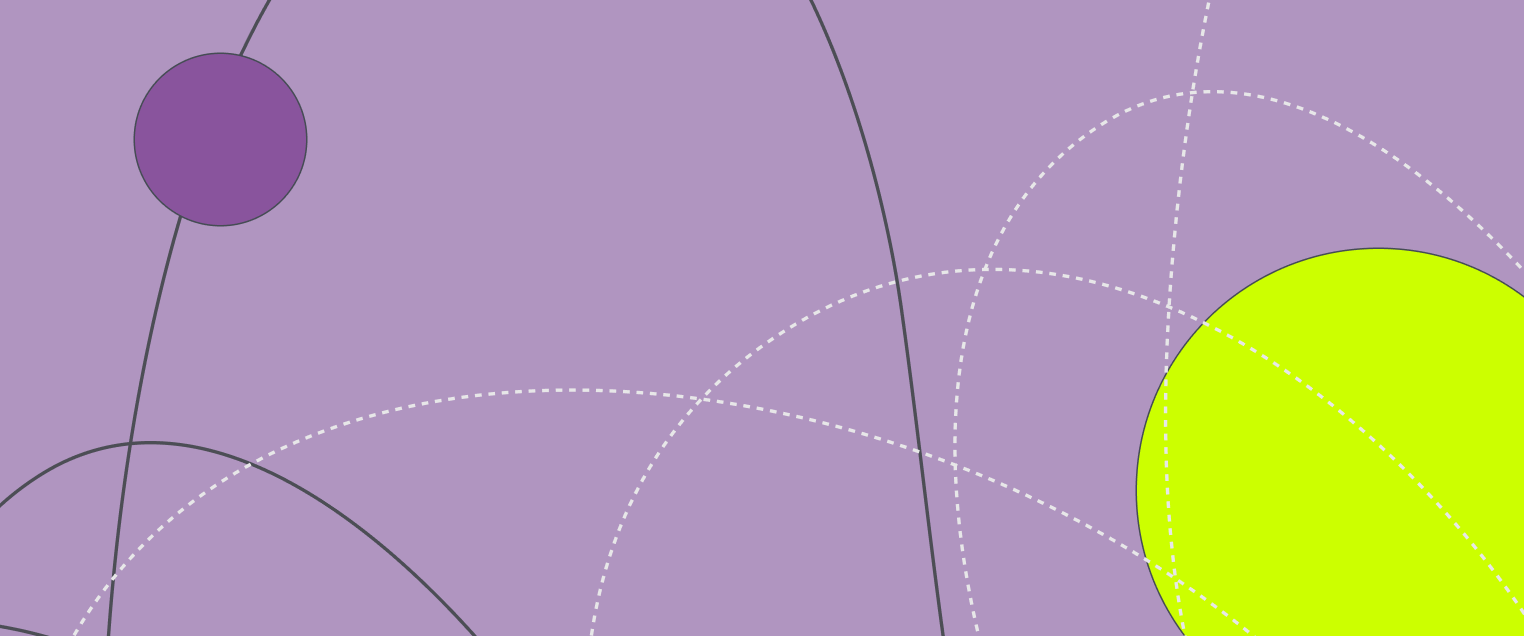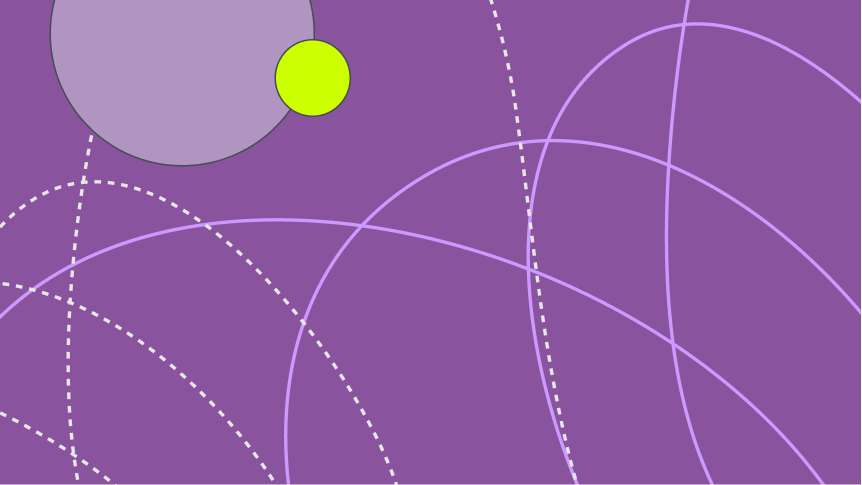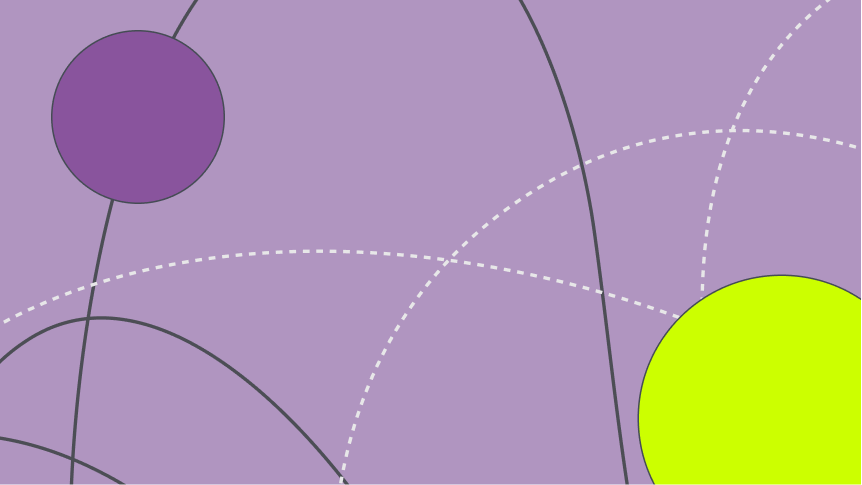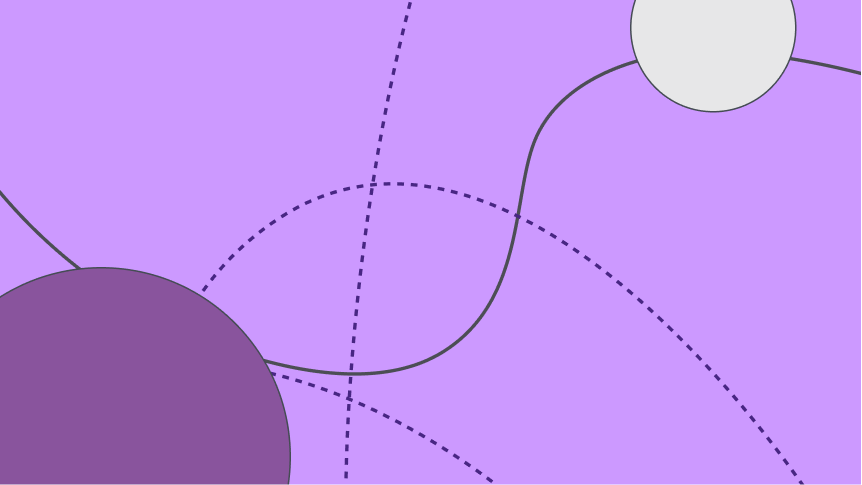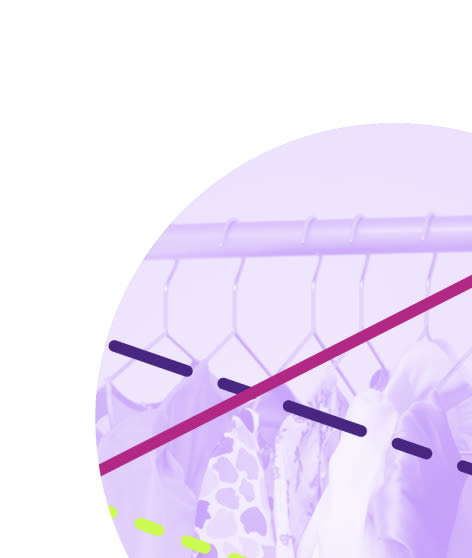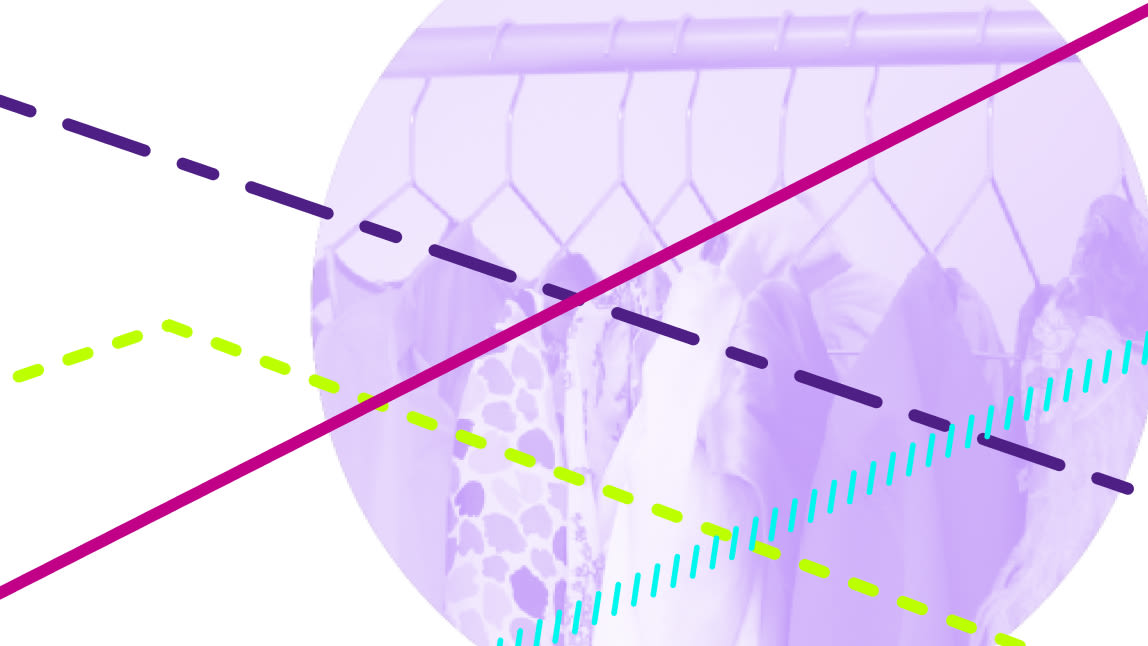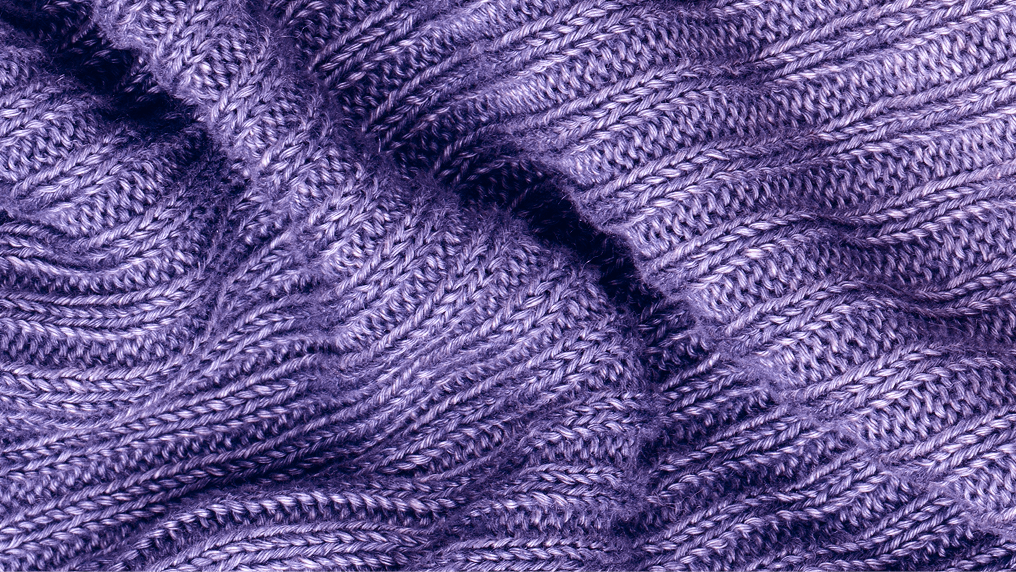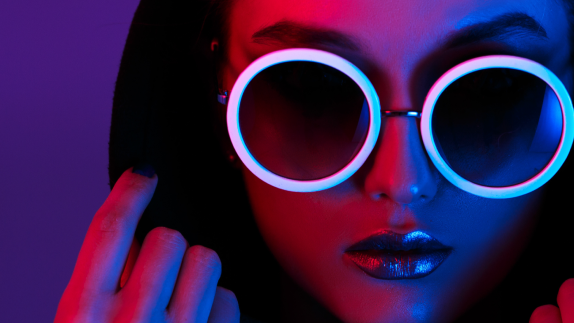Para maximizar el potencial económico y medioambiental de los modelos de negocio circulares, las empresas deben diseñar productos que sean físicamente duraderos, emocionalmente duraderos y capaces de rehacerse y reciclarse al final de su uso.

Durabilidad física - Combinar la elección de materiales y la confección de prendas, incluido el refuerzo de los componentes, para crear productos muy duraderos que resistan los daños y se desgasten durante largos periodos de tiempo.
Durabilidad emocional - aplicación de estrategias que aumenten y mantengan la relevancia y el atractivo de un producto para un usuario, o varios, a lo largo del tiempo.
Remanufacturación y reciclaje - Diseñar productos para que puedan desmontarse y sus componentes y materiales puedan rehacerse o reciclarse en nuevos productos.
Las tres consideraciones de diseño son cruciales para el desarrollo de productos para modelos de negocio circulares. Sin embargo, es probable que haya algunas concesiones a estas consideraciones de diseño debido a factores como las tecnologías actuales y las soluciones materiales. Es esencial que las decisiones de diseño se adapten específicamente para maximizar los resultados económicos y medioambientales de cada modelo de negocio.
Diseñar para la durabilidad física
La durabilidad física es un factor clave para el éxito de muchos modelos de negocio circulares. Por ejemplo, un modelo de alquiler de alta rotación no será eficaz a menos que los artículos alquilados hayan sido diseñados para soportar una limpieza frecuente. Para crear productos muy duraderos que resistan los daños y el desgaste durante largos periodos de tiempo, los diseñadores deben combinar cuidadosamente la elección de los materiales y la confección de las prendas, incluido el refuerzo de los componentes.
Ejemplos de empresas que lo ponen en práctica
W. L. Gore and Associates evalúa el rendimiento de sus productos en la vida real y recoge opiniones, además de realizar pruebas de laboratorio que imitan el envejecimiento en uso real. La empresa utiliza esta información para el diseño de productos, por ejemplo para aumentar la durabilidad de los componentes que fallan antes.
Lacoste está aplicando normas de durabilidad en todas las categorías de productos textiles. Para ello, ha introducido un
como parte de su estrategia "Elegancia duradera". También tiene en cuenta los hábitos y preocupaciones de los clientes, y abarca tanto los ensayos de componentes individuales como los de productos acabados.
ERDOS se centra en el desarrollo de productos de cachemira de alta calidad. Su colección SHAN 2019 incluía cachemira "autolimpiable", resistente al agua y al aceite y fácil de mantener. Utiliza una técnica de tejido que no necesita costuras, lo que ahorra materiales y energía y hace que el producto sea más duradero. Dada la alta durabilidad física de sus productos, ERDOS puede ofrecer servicios de reparación y mantenimiento (es decir, su "servicio de atención postventa").
Diseñar para la durabilidad emocional
La ropa también tiene que mantener su pertinencia y atractivo para los clientes a lo largo del tiempo. Se necesita durabilidad emocional, que se refiere al tiempo que la gente quiere utilizar un producto. La durabilidad física por sí sola no basta. La durabilidad emocional puede basarse en factores como la atemporalidad, la rareza, la historia y el significado, entre otros aspectos.
Una oportunidad para ampliar la durabilidad emocional de un artículo podría ser compartir historias sobre cómo se fabricó el producto para ayudar a crear apego. Del mismo modo, ofrecer servicios de personalización para hacer que los productos sean únicos para un usuario puede aumentar la conveniencia de que los usuarios lleven ese producto durante años.
Ejemplos de empresas que lo ponen en práctica
Beyond Retro se centra en desarrollar y destacar la singularidad de sus productos (por ejemplo, productos rehechos a partir de artículos usados seleccionados). La marca ha creado un equipo especializado que se encarga de crear exposiciones teatrales en las tiendas y de seleccionar productos únicos.
klee klee comparte historias sobre cada uno de sus productos para que los clientes sepan de dónde proceden los materiales, cómo se ha confeccionado la prenda y cómo cuidarla, contribuyendo así a crear un vínculo más fuerte entre el cliente y la ropa.
ARKET selecciona materiales que mejoran su aspecto y tacto con el uso y proporciona guías específicas para su cuidado. guías de cuidado para esos materiales, como jeans.
Diseñar ropa para que pueda rehacerse o reciclarse
Para que los modelos de negocio circulares consigan reducir las emisiones de gases de efecto invernadero a largo plazo, las nuevas ropas deberán fabricarse con materiales que ya estén en uso y alejarse de los recursos vírgenes finitos. Para que esto sea posible, los productos deben diseñarse y fabricarse de forma que puedan desmontarse, rehacerse y reciclarse, lo que implica tener en cuenta cómo se construyen los productos, así como qué materiales y componentes se utilizan. Esto también evita que los productos se conviertan en residuos y puede maximizar aún más los resultados medioambientales positivos.
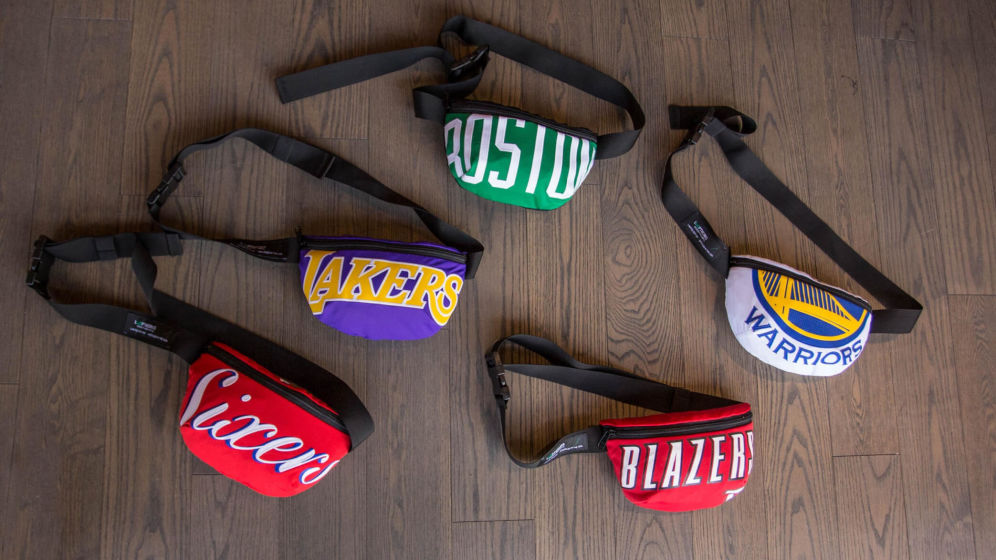
Looptworks colabora con empresas para reutilizar material, como estas bolsas hechas con camisetas usadas de la NBA.
Ejemplos de empresas que lo ponen en práctica
For Days fabrica sus prendas con tejido 100% celulósico (predominantemente algodón orgánico) para que puedan rehacerse fácilmente en nuevas prendas o reciclarse una vez desgastadas. For Days incentiva a sus clientes a devolver sus prendas usadas para poder rehacerlas y reciclarlas en la práctica.
Para su serie Circular de chaquetas, Napapijri simplificó el diseño de modo que toda la chaqueta -tejido, relleno y ribetes- se fabrica a partir de un único polímero reciclable: el nailon 6. Los clientes pueden devolver los productos de la gama Circular Series después de su uso para que puedan rehacerse y reciclarse en nuevos productos.
Looptworks colabora con otras empresas para reutilizar material pre y postconsumo. Por ejemplo, se ha asociado con la NBA para transformar camisetas usadas en mochilas y bolsos cruzados. Este tipo de colaboraciones ayudan a las empresas a evitar residuos, al tiempo que les proporcionan una mejor comprensión de cómo rediseñar sus productos.
Qué pueden hacer los responsables políticos para estimular un diseño de productos que garantice que los artículos se utilicen más y durante más tiempo
Las políticas de productos existentes se han centrado a menudo en el desarrollo de puntos de referencia y criterios de diseño a los que se aspira en las ecoetiquetas voluntarias o en la contratación pública ecológica. Estos criterios pueden desarrollarse aún más centrándose en la durabilidad física y emocional, así como en la reutilización y el reciclaje. Sobre la base de una evaluación exhaustiva del impacto ambiental, los responsables políticos pueden establecer requisitos reglamentarios mínimos referidos a la información obligatoria y a las normas técnicas para garantizar que los productos se fabrican para durar y nunca se convierten en residuos.
Descargar
Modelos de negocio circulares está disponible en: inglés
Cuatro medidas clave para las empresas
Para asegurarse de que sus modelos empresariales son circulares y maximizar los resultados positivos, las empresas, con el apoyo de los responsables políticos, pueden adoptar cuatro medidas clave.
